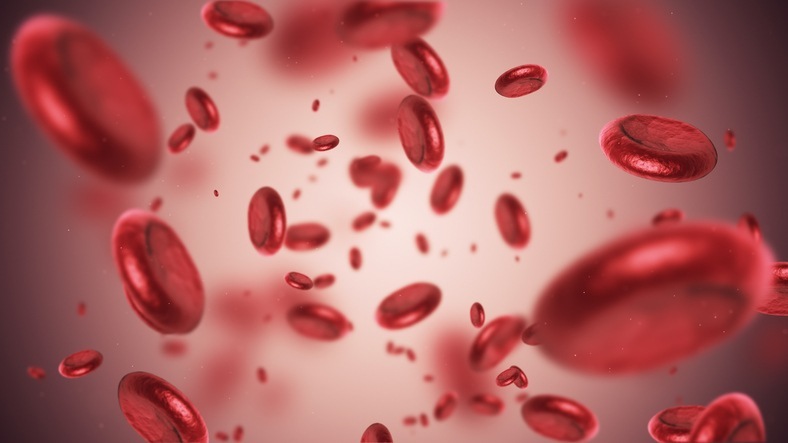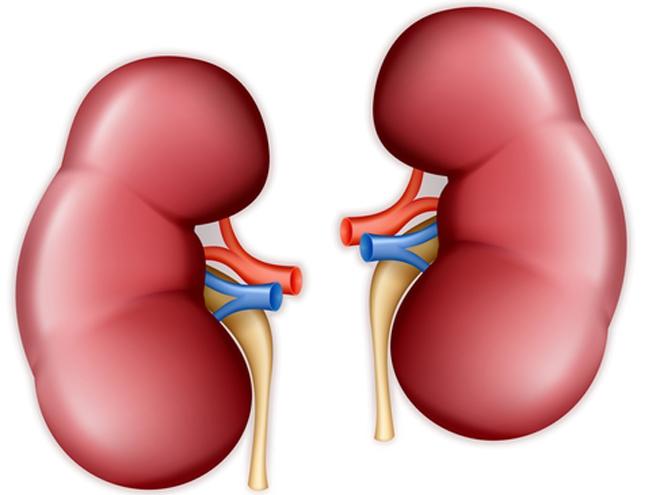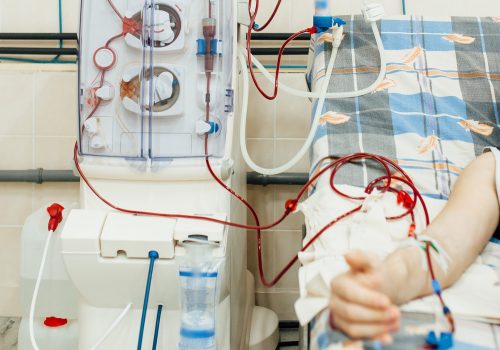
There are few scientific-based data comparing clinical outcomes of erythropoiesis-stimulating agents (ESAs) in patients on dialysis. Roberta Lugo-Robles, MPH, and colleagues in Puerto Rico conducted a retrospective comparative effectiveness study designed to evaluate anemia management effectiveness through the conversion of short-acting ESA to long-acting ESA in a population of Latino hemodialysis patients.
Outcomes of interest included treatment effectiveness and hemoglobin variability. Results were reported in a presentation submitted to NKF Spring Clinical Meetings and published in the Journal of Renal Nutrition [2020;30(2):173]. The presentation was titled Conversion from Epoetin Alfa to Darbepoetin Alfa in Hemodialysis Patients: Effectiveness and Variability in Anemia Treatment.
Two parameters were used to evaluate effectiveness: (1) the percentage of patients reaching target hemoglobin levels and (2) comparison of average hemoglobin levels between treatments. A variability panel was used to assess fluctuations in hemoglobin. The panel consisted of the following measurements: (1) standard deviation, (2) residual standard deviation, (3) repeated measures ANOVA (analysis of variance), (4) hemoglobin absolute change, (5) hemoglobin absolute change, and (6) linear regression of hemoglobin values over time.
The final analysis included 504 hemodialysis patients. In temporal trends, short-acting treatment tended to decrease hemoglobin levels by 0.015 g/dL and long-term tended to have a minimal increase of 0.035 g/dL. Variability was similar with both treatments (±0.98 g/dL).
There was a statistically significant two-way interaction between treatment and time, indicating hemoglobin concentration changes differently over time depending on the type of treatment undertaken. Comparisons of the second month of treatment yielded the most significant difference in hemoglobin levels, with a mean difference of –0.344 g/dL (95% confidence interval, 0.23-0.46).
The difference in mean hemoglobin levels decreased across the study period. During the 6-month study period, there was no statistically significant difference among the hemoglobin levels. During the final 3 months of the study, hemoglobin levels tended to increase significantly, suggesting that the levels began to stabilize. However, the researchers noted, due to the short duration of the study, they were not able to observe the maximum increase and stability of hemoglobin during the long-acting treatment.
In conclusion, the researchers said, “From the data collected, we concluded that long-acting treatment is potentially a better treatment option for hemodialysis patients. Research findings suggested long-acting treatment induced less hemoglobin variability (results based on the six months of follow-up). The hemodialysis patients will benefit from the new treatment in terms of hemoglobin stability with less doses administration with the possibility of reducing adverse health outcomes.”
Source: Lugo-Robles R, Vazquez D, Santos AR, Irizarry J. Conversion from epoetin alfa to darbepoetin alfa in hemodialysis patients: effectiveness and variability in anemia treatment. Abstract of a presentation at the National Kidney Foundation 2020 Spring Clinical Meetings; Journal of Renal Nutrition [2020;30(2):173].







 © 2025 Mashup Media, LLC, a Formedics Property. All Rights Reserved.
© 2025 Mashup Media, LLC, a Formedics Property. All Rights Reserved.